- 348 Posts
- 15 Comments

 3·1 month ago
3·1 month agoI have long been blocked there :-)

 4·2 months ago
4·2 months agoLast year, researchers at AidData, the World Bank, the Harvard Kennedy School, and the Kiel Institute for the World Economy in Germany found that Beijing has dramatically expanded emergency rescue lending to sovereign borrowers in financial distress —or outright default- when the China’s Belt and Road Investments have failed.
Essentially, however, China has been bailing out its own banks, the study found. You can download the study here.
TLDR:
China had undertaken 128 rescue loan operations across 22 debtor countries worth $240 billion [by March 2023 when the study was published]. These include many so-called “rollovers,” in which the same short-term loans are extended again and again to refinance maturing debts.
Less than 5 percent of Beijing’s overseas lending portfolio supported borrower countries in distress in 2010, but that figure soared to 60 percent by 2022. Therefore, China’s new funding schemes pivoted away from infrastructure project lending to ramping up liquidity support operations. Nearly 80% of its emergency rescue lending was issued between 2016 and 2021.
China does not offer bailouts to all BRI borrowers: low-income countries are typically offered a debt restructuring that involves a grace period or final repayment date extension but no new money, while middle-income countries tend to receive new money to avoid default. The reason is that these middle-income countries represent 80% or more than $500 billion of China’s total overseas lending, thus posing major balance sheet risks, so Chinese banks have incentives to keep them afloat via bailouts.
Borrowing from Beijing in emergency situations comes at a high price. Rescue loans from the International Monetary Fund (IMF) carries a 2% interest rate, while the average interest rate attached to a Chinese rescue loan is 5% in comparable situations.

 3·2 months ago
3·2 months agoIt’s a bad life in China as a journalist unless you parrot the Chinese communist party’s propaganda. “China is the world’s largest jailer of journalists, with more than 100 currently detained," as the organization Reporters Without Borders (RSF) announced last week when they released 2024 World Press Freedom Index.
China ranked 172nd among 180 countries and regions. Compared with Chiba’s 2023 ranking of 179th—second last place—China’s ranking has increased only because of the deterioration of situations in other countries, such as in the Taliban controlled Afghanistan, rather than any improvement in China.
RSF’s report also said that “in addition to detaining more journalists than any other country in the world,” the Chinese communist regime “continues to exercise strict control over information channels, implementing censorship and surveillance policies to regulate online content and restrict the spread of information deemed to be sensitive or contrary to the party line.”

 4·2 months ago
4·2 months agoFrench lawmakers officially recognise China’s treatment of Uyghurs as ‘genocide’ — (2022)
France’s parliament on Thursday denounced a “genocide” by China against its Uyghur Muslim population […] The non-binding resolution, adopted with 169 votes in favour and just one against […] reads that the National Assembly “officially recognises the violence perpetrated by the People’s Republic of China against the Uyghurs as constituting crimes against humanity and genocide”.
It also calls on the French government to undertake “the necessary measures within the international community and in its foreign policy towards the People’s Republic of China” to protect the minority group in the Xinjiang region.

 1·2 months ago
1·2 months agoAn example how the Chinese government is using espionage in its own country.
10 ‘spy’ cases China’s Ministry of State Security wants you to know about
In most of the world 15 April goes unnoticed. But in China, 15 April is Chinese National Security Education Day.
To mark the occasion, China’s Ministry of State Security (MSS) posted a half-hour video on their official WeChat channel titled “Innovation Leads · Forging the Sword of National Security”. WeChat is China’s dominant social media app. Chinese and foreign media also covered the program’s release.
Here is an alternative link to the video posted in the article: https://invidious.protokolla.fi/watch?v=z8qdFHT9t3k

 10·3 months ago
10·3 months agoThere is another article containing more images:

 11·3 months ago
11·3 months agoAustralian PM seeks closer ties with Vietnam as hedge against China
Australia is poised to join a small group of countries holding the highest level of diplomatic ties with Vietnam, as Anthony Albanese looks to build connections with key South-East Asian nations as a hedge against China.
[…] China’s foreign ministry and state-run media pushed against Australia and the Philippines deepening maritime security co-operation, after President Ferdinand Marcos jnr’s address to the Australian parliament.

 21·3 months ago
21·3 months agoTechdirt has been publishing and extremely high number of stories on Bluesky since it was launched, and all of them are praising the tool as if it were the beginning of a new era. And this just another public relation text for Bluesky.
The article on how BlueSky is cosplaying decentralization is a year old, but very good imho. Jack I-regret-what-I-did-but-this-time-I-will-not-screw-you-up Dorsey may have (and had) a lot of things in mind, but it’s not for the wellbeing of others (and it never was). And BS isn’t an excemption.

 2·3 months ago
2·3 months agoThe President of Renew Europe, Valérie Hayer, has written to President of the European Parliament, Roberta Metsola, calling for the launch of an immediate and transparent investigation, in cooperation with national authorities, to uncover the scale of the influence operation conducted by Russia within the European Parliament and allegations of potential corruption. Disciplinary action must be swiftly taken against any MEPs or candidates involved.
[…]
‘European voters need to know if their MEPs or candidates in the upcoming elections are working with the support of Russia or its proxies. Democracy in Europe must be defended from external threats at all costs,’ [Ms. Hayer wrote.]

 0·3 months ago
0·3 months agoThis is part of this agreement afaik:
Prime Minister Anthony Albanese has announced a new pact with the low-lying island country of Tuvalu, allowing residents facing displacement from climate change the ability to resettle in Australia.
[…]
The agreement will see 280 people per year given a “special mobility pathway” to “live, work and study” in Australia. Tuvalu has a permanent population of about 11,000 people.
[…]
It is the first time that a Pacific Island nation has agreed to such an intimate relationship with Australia – and the first time that Australia has offered residence or citizenship rights to foreign nationals because of the threat posed by climate change.

 0·3 months ago
0·3 months agoFrom Chinese students in Germany, a technology promise to the motherland - (2014)
Illustrating the grip the Communist party and government try to maintain on overseas Chinese students, researchers and business people, an exchange of letters between President Xi Jinping and Chinese students in Germany has produced passionate promises from the students to serve the motherland - and deliver advanced technology backed to China, the state news media reported.
[…]
To at least one Western intelligence official, the exchange was a textbook exercise in ensuring a steady flow of science and technology back to China from educational institutions and companies in the West.
[Edit typo.]

 0·3 months ago
0·3 months agoLawmaker Who Led TikTok Ban Bill Joins Private Surveillance Firm
Mike Gallagher pushed the bill to ban TikTok because China can “surveil its users.” Now, he’s resigning and joining an American surveillance firm Palantir.

 0·3 months ago
0·3 months agoLast year a group of international researchers conducted a study investigationg China as an International Lender of Last Resort.
TLDR: World Bank and IMF are not good, but China’s system is much worse.
But it’s a very good read, absolutely worth the time.
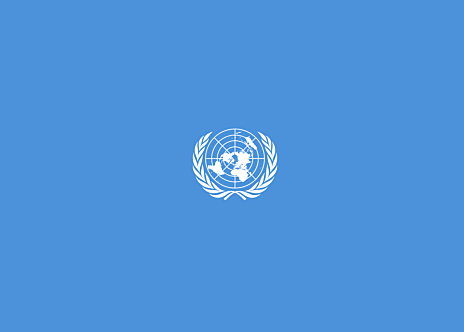
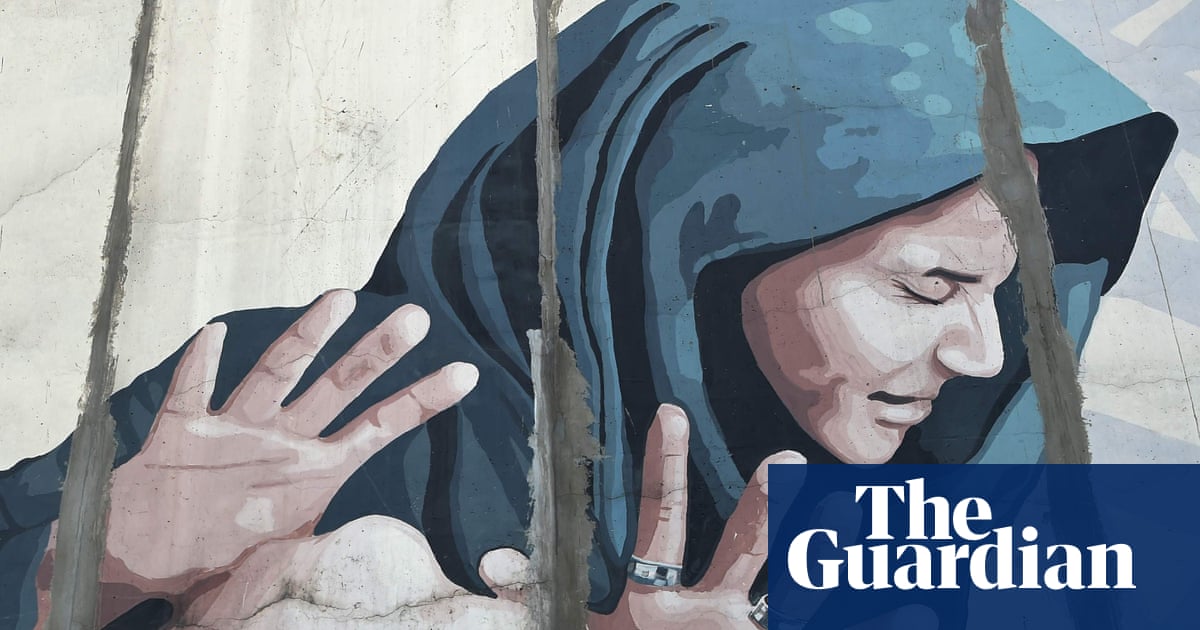

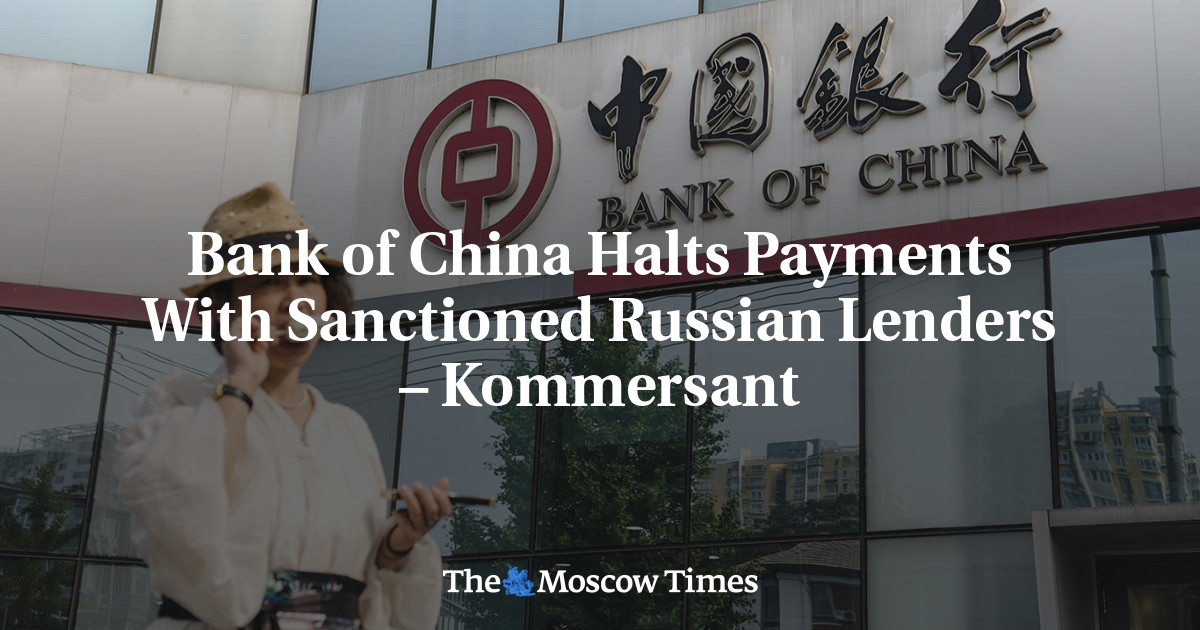
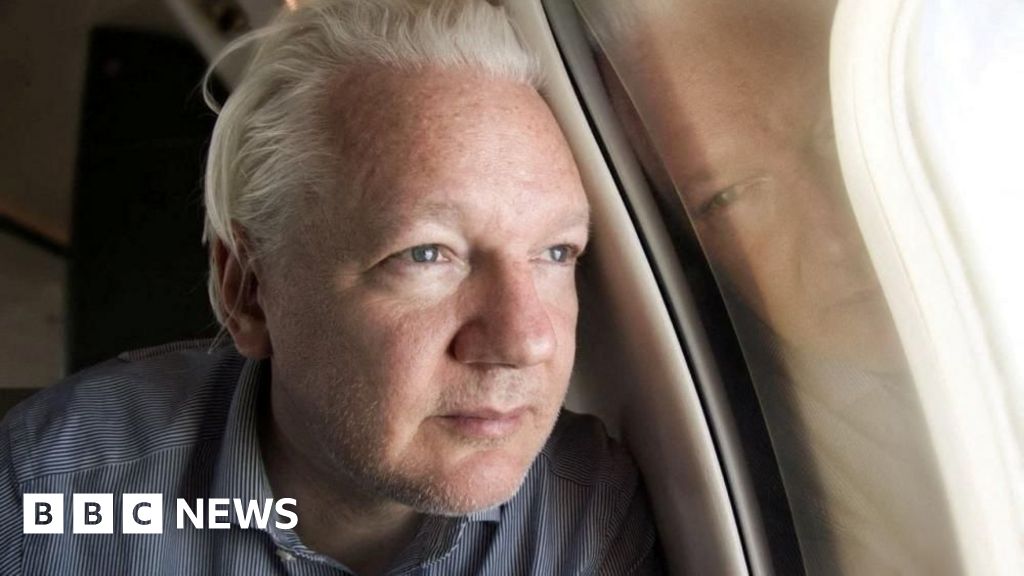

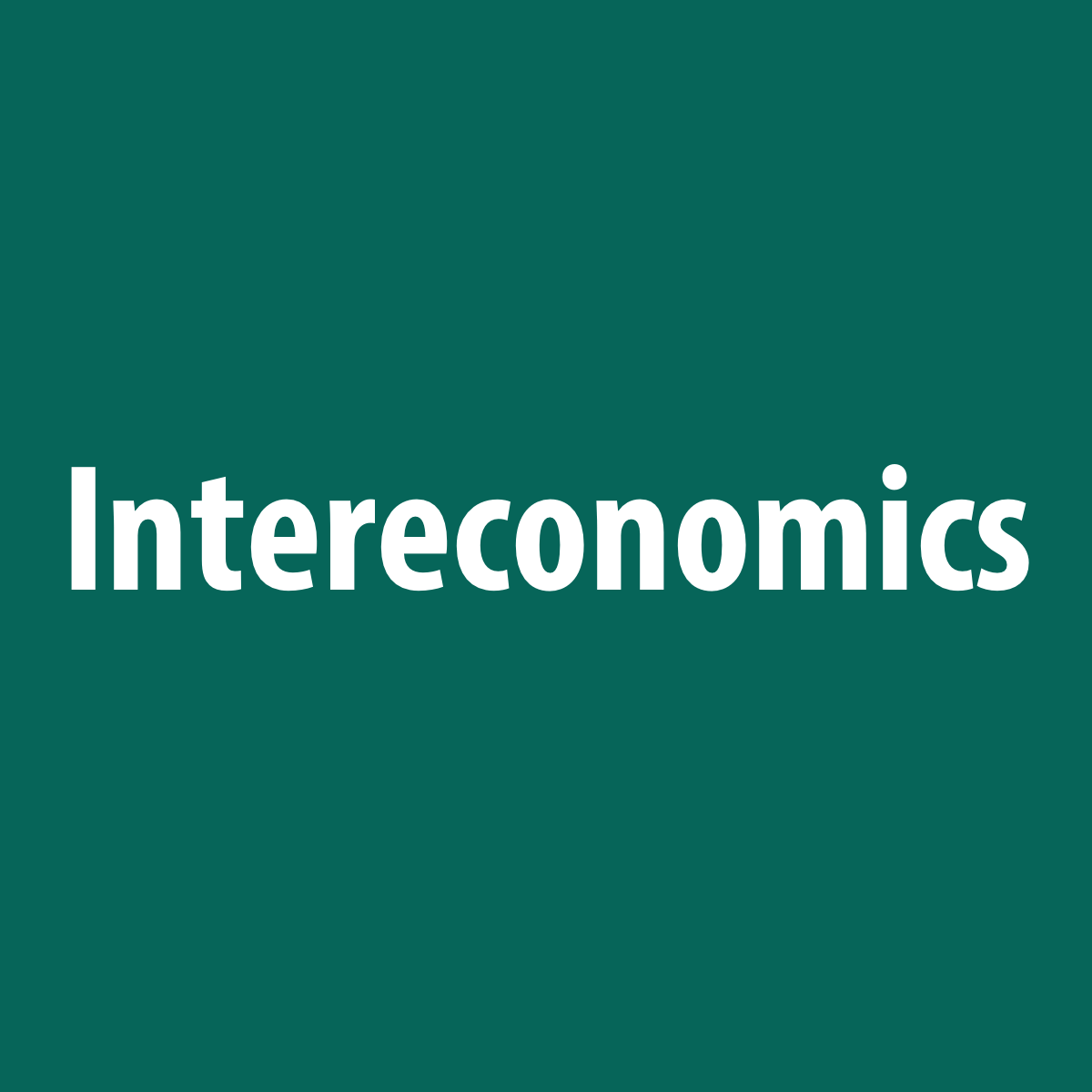



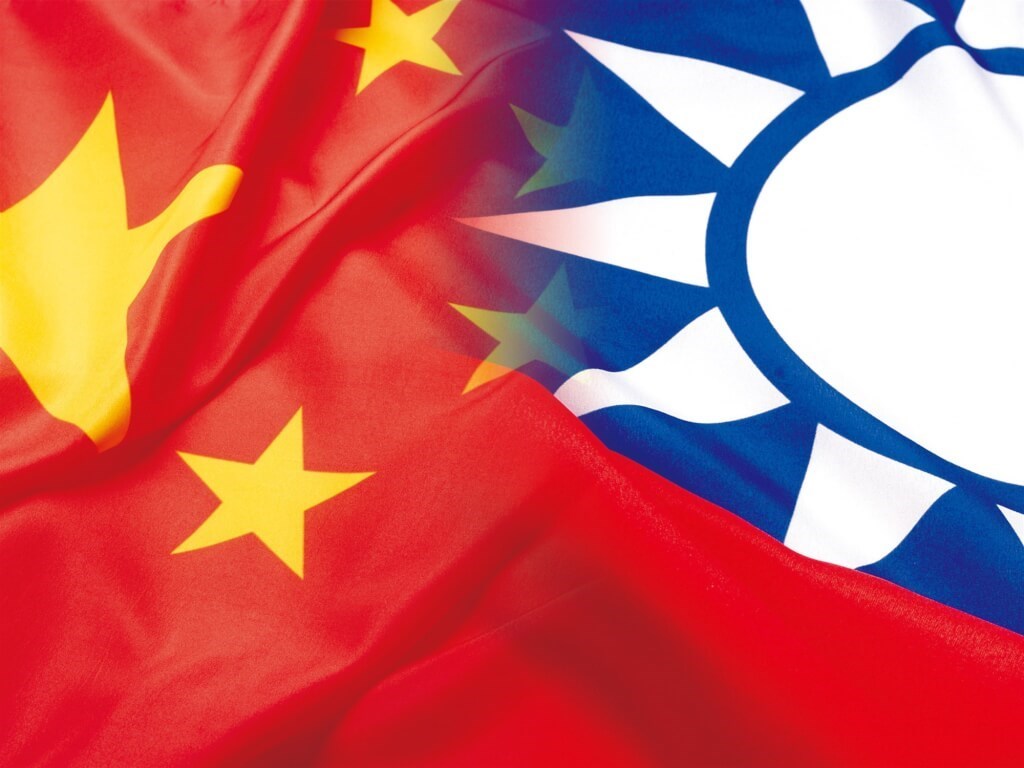





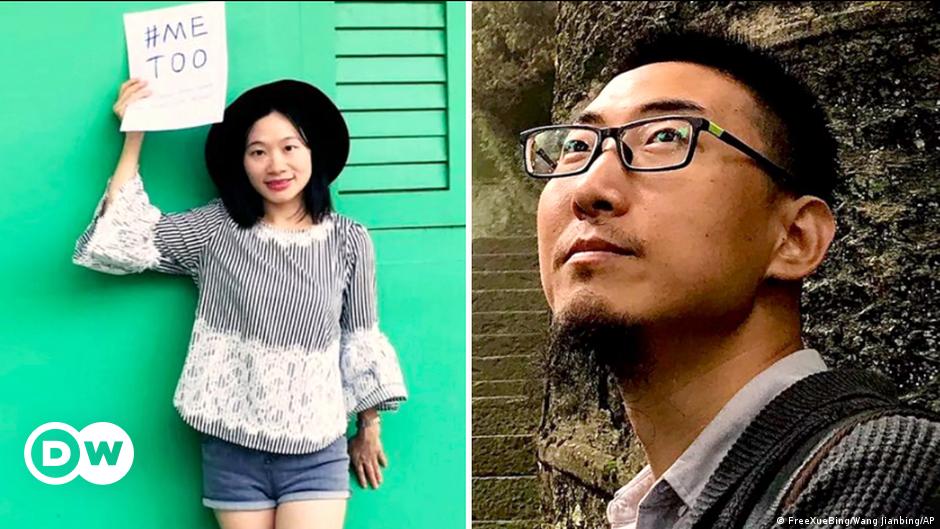
Yes, and let us not forget China’s access to the Arctic for its Polar Silk Road.